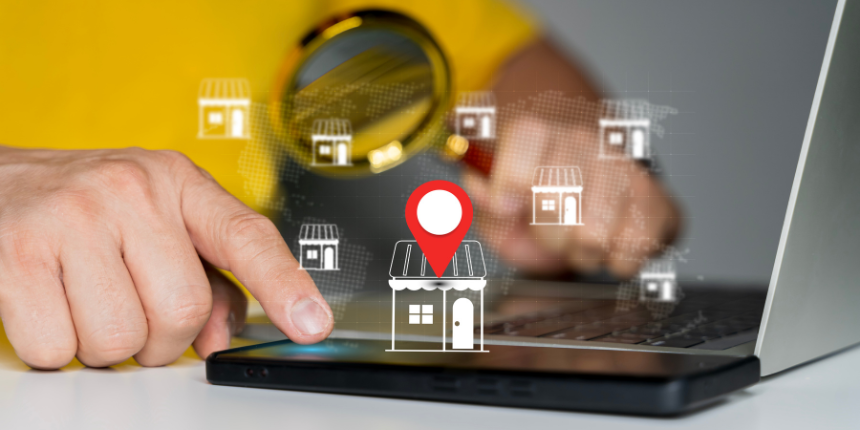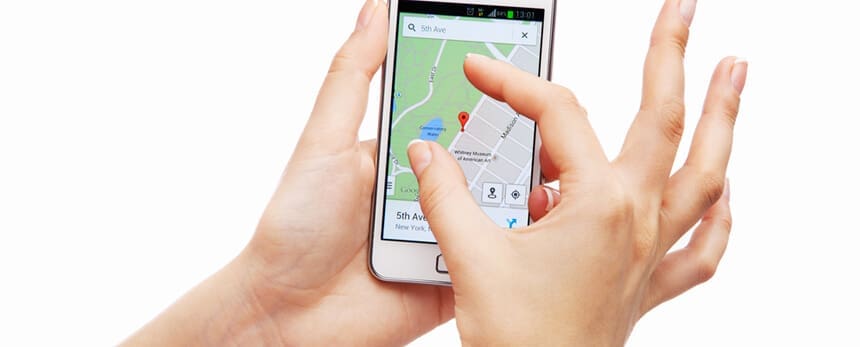
Maximize your local presence through strategic location management.

Google’s ability to reshape and remodel your business and how you engage with consumers is old news. Hyperlocal is just the latest headline of that story. It’s taken a while to get to this point. But today consumers expect, no matter how large or multi-national your brand may be, you to target them on a granular and hyperlocal level. And you need to rise to that. The audience is there, the conversation waiting to happen. Inhabit that space. Deliver accurate, relevant personalisation But how can we be sure the market is ready for this level of localisation?
We all check our smartphones around 220 times a day and pick up our devices an incredible 1,500 times per week. Locality and mobility go hand in hand. In his article, ‘Think with Google’, Matt Lawson, the company’s director of search ads marketing, says: “We want things right, and we want things right away. As a result, the consumer journey looks markedly different than it did just five years ago. Instead of a few moments of truth, it’s a series of ‘micro-moments’ when we turn to mobile to act on a need.”
We’ve grown to expect our smartphones to serve relevant, local results. ‘Near me’, ‘closest’, and ‘nearby’. All phrases that would have meant little just a decade ago are beginning to dominate the billions of queries every month. In fact, ‘x near me’ searches have nearly doubled in the last year. People are making purchase decisions on the go.
Consumers and customers alike expect personalised and localised results. Identities and individuals need to be understood across all channels, bridging the gap between on and offline, all the way down to their specific location. To do this cookies, email addresses, mobile IDs, locational data and other identifiers need to be woven into one cross-channel history. Marketing budgets often focus on brand level engagement without looking at the smaller picture of how consumers engage on a hyperlocal level. That last step in the consumer journey often takes place at that local level and it is a waste of marketing budgets spent higher up the purchase funnel to neglect this. Joining in local conversations that speak the language of that local audience and communicates to their characteristics and desires is the best way to approach this. 
These forces have impacted Google’s organic results. This is a massive opportunity for businesses. Recently Google tested a hyperlocal ad unit featuring pre-qualified listings for tradespeople. The unit makes up a part of a beta programme called ‘home service ads’. From what’s been observed in testing, the ads appear to replace organic local search engine results. Is this further indication that local is a rising star in Google’s armoury? Undoubtedly. Another tool that has seen its stock rise recently is a new feature for mobile browsers. It provides details on when a given business is at its most busy. Anonymous and aggregated visits to places from Google users form the basis of the feature. The fact that this data exists means it’s surely only a matter of time until we see it fed into local search rankings. Be warned Google gets at least some of this data wrong around 40 per cent of the time. So as a business it would be in your favour to clean up the accuracy of your local listings.
Subscribe to our monthly newsletter.
Concerns about personal data are diminishing, with nearly 50 percent of consumers willing to divulge such information in exchange for joining a loyalty programme. Brands are now tweaking their national marketing campaigns to a store-by-store basis, localising their content and advertising. According to the Local Search Association, geo-targeting doubles the performance of email campaigns and paid search. Big data is a term that’s been bandied around for years. But it may not come close to the data marketers could be collecting directly from source via wearable tech and inter-connected devices in the future. Google Now linking to Google My Business; smart fridges and wearable tech; all open up endless possibilities for automated, hyperlocal search and targeting matched to user intent. If the end data isn’t well managed and optimised, however, no matter how clever the technology and devices, brands could significantly miss out. This post is based on an original article written for The Drum.
Maximize your local presence through strategic location management.
Maximize your local presence through strategic location management.
Subscribe to our monthly newsletter.